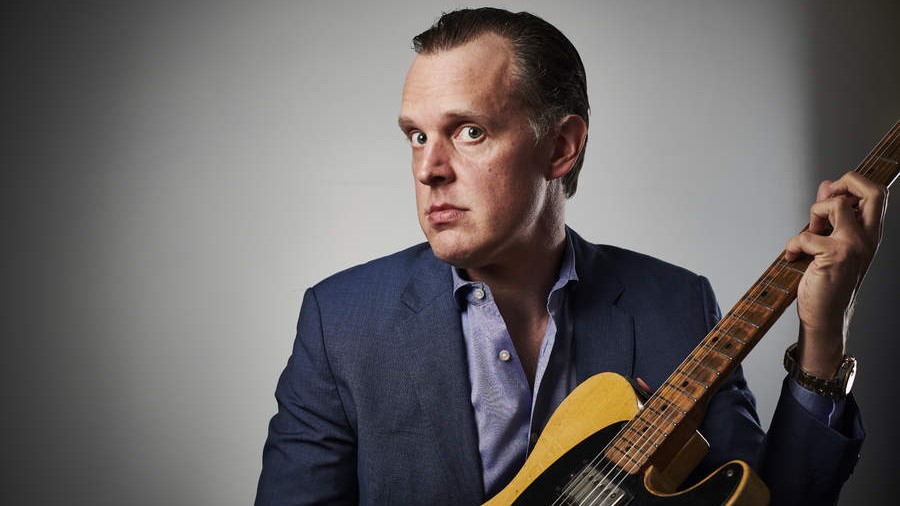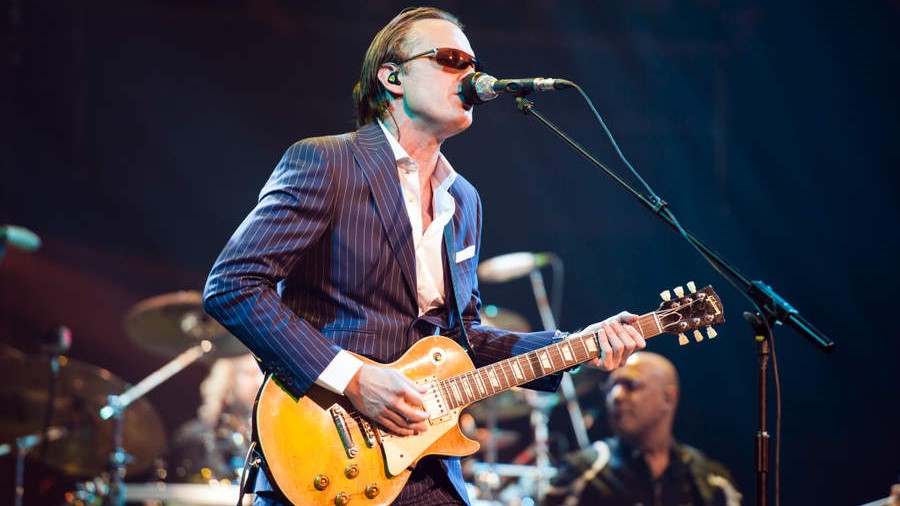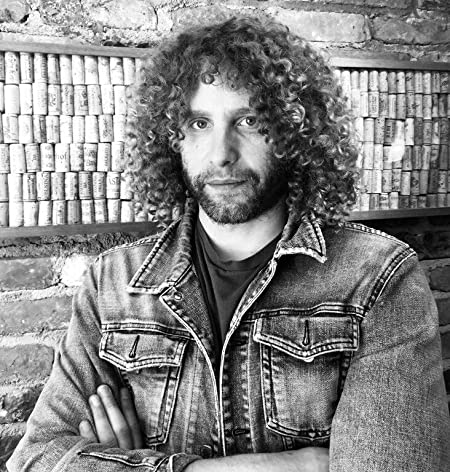Joe Bonamassa Shares Game-Changing Pearls of Wisdom
Five insightful tone tips every guitarist needs to know about.

“I’m a firm believer that tone affects the way you play,” Joe Bonamassa says. “And for the most part, tone comes out of you.” At the same time, he adds, “there are also a few tricks that can help along the way.” And with that in mind, here are five tone tips from the man himself.
1. Use Your Volume Knob...
“If you have your volume control all the way up, it’s like setting a gas stove all the way on high. But sometimes you wanna roll it back to 8. It’s still hot, but what it adds is a little bit of an anchor. If you ever think your guitar sounds thin, rolling the volume back will give you the anchor. It’s not going to be like this huge pendulum shift, but you’re gonna feel it in the guitar.”
2. And the Tone Knob, Too!
“A guitar is like a human voice; you need for it to speak in a way that suits the situation. The guitar’s tone control gives you control over its voice. If I’m using an SG Standard – which is a bright guitar to begin with – I roll the tone off to about 6 or 7 on the bridge pickup and it gives me a nice balance. It’s cool to use a guitar as a weapon, just not all night long. Dial down your tone knob from time to time, and give the audience a break.”
It’s cool to use a guitar as a weapon, just not all night long.
Joe Bonamassa
3. Ease Up on the Gain
“If you listen to quintessential blues-rock players – Eric Clapton, Gary Moore, Paul Kossoff, Rory Gallagher, Peter Green, Jeff Beck – you’ll find that they were using less gain than you probably think.
For instance, Paul Kossoff’s guitar on those Free songs is not very distorted. It sounds large and distorted because Andy Fraser was playing power chords on an SG bass through the same Marshall amps that Paul was playing through. It’s the same thing with early Van Halen records. So, pull back the gain and let more of your guitar’s tone come through.”

4. Turn the Amp Around
“Let’s say you’ve put together your dream rig, and it’s working great. Now you get to the gig and the soundman tells you to turn it down. What do you do? If you turn down, then all your levels, your feel and everything you’ve become used to goes away.
“Instead, turn the amp so it’s facing backward. That way, you curtail the beam of sound coming from the speaker. Combo amps are just as loud out the back as the front, but if they’re turned around there’s no beam to deal with. And in some cases, they sound better that way.”

5. Think Before You Play
“The whole gear industry is pretty much predicated on trying to sell musicians ‘magic beans.’ But if you don’t have an idea of what it is you’re going for in terms of your tone, you’re going to chase it your whole life. I’ve watched people sit down and play an electric guitar that’s not plugged in, and they already have a certain tone in their hands.
“So, the question is: How do you elicit that kind of bloom and sound from your instrument before you even plug in? There’s a lot to learn just at that point, before you start arguing about which cables to use and all of that stuff. So, take the time to develop a simple meat-and-potatoes understanding of how you want to sound before you go out and try to create that sound.”
Keep up to date on the latest from Joe Bonamassa here
Get The Pick Newsletter
All the latest guitar news, interviews, lessons, reviews, deals and more, direct to your inbox!
Rich is the co-author of the best-selling Nöthin' But a Good Time: The Uncensored History of the '80s Hard Rock Explosion. He is also a recording and performing musician, and a former editor of Guitar World magazine and executive editor of Guitar Aficionado magazine. He has authored several additional books, among them Kurt Cobain: Montage of Heck, the companion to the documentary of the same name.
“He used to send me to my room to practice my vibrato.” His father is the late Irish blues guitar great Gary Moore. But Jack Moore is cutting his own path with a Les Paul in his hands
"Why can't we have more Django Reinhardts going, 'F*** everybody. I'll turn up when I feel like turning up'?" Happy birthday to Ritchie Blackmore. The guitar legend looks back on his career in an interview from our December 1996 issue











